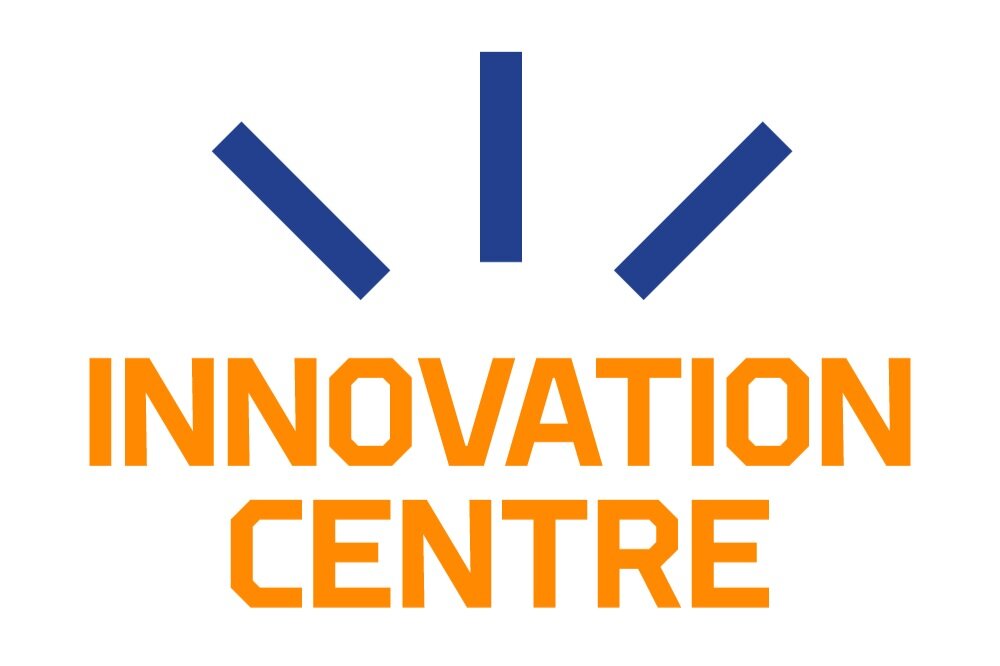New skills needed in working life from IPR trainings
Written by Maarit Jokela
This spring, the Innovation Centre of the University of Oulu organized eight training courses related to intellectual property rights (IPR). We found out why participants took part in IPR trainings and what they learned from them.
The trainings were attended by researchers, teachers, support staff and undergraduate students. We gathered feedback from them. Here are some excerpts from the course participants' answers:Why did you decide to participate in IPR training?
I found it important to learn more about copyrightOn the recommendation of a supervisorThe trainings seemed interestingI am interested in IP rights
What did you learn?
I can take better account of copyright issuesI learned how to find the information contained in patents in my field of researchI now know how material made by others can be usedKey principles of IP rights
Trainings´ objectives
The aim of the trainings is to provide information on what intellectual property rights mean, what they protect and how they should be taken into account in their own work. Copyright is present in everyone’s daily lives because we produce and use copyrighted works such as text, images, videos, and computer programs. As a result of the research work, an invention can be created, ie a technical solution to a certain problem, which can be patentable and be a seed for a new business. Also, the computer programs, biological materials, or even the large amount of data collected in the study may be ones that companies would like to utilize in their own business. In this case, it is important to agree with the company on the transfer of IP rights and the compensation to be paid for them. The University Innovation Centre helps researchers and students at the University of Oulu to find and refine the commercial potential of an idea or invention, as well as issues related to intellectual property rights.Read also
Maarit Jokela
Innovation Manager
+358 40 355 9660, maarit.jokela@oulu.fi
IPR, technology transfer, commercialization of research results, bio- and medical sciences, Proof-of-Concept funding, innovations, communication on innovations, IPR trainings.



